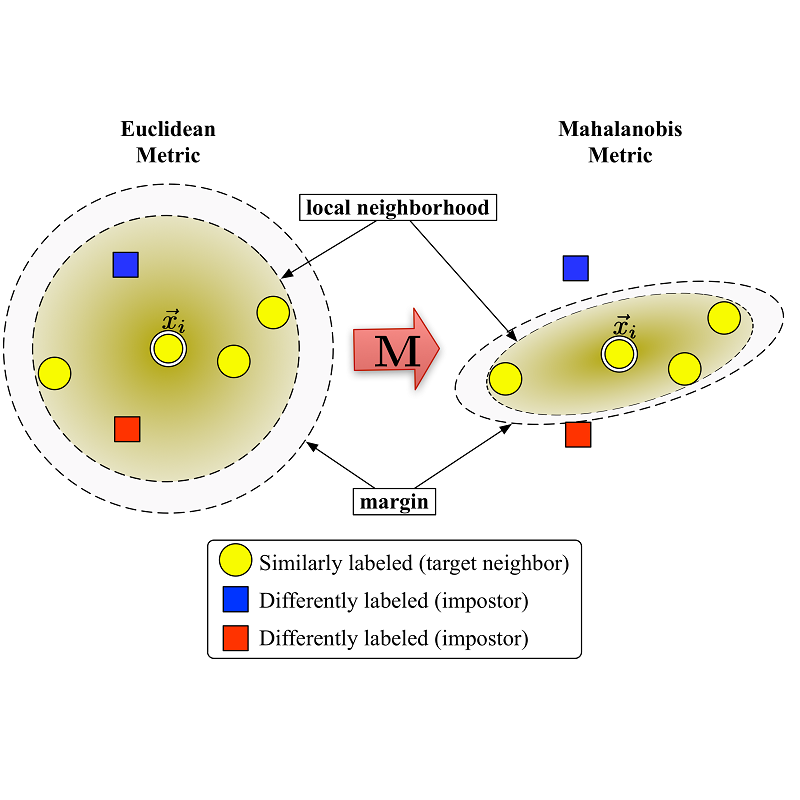As one of the most challenging and practical segmentation tasks, open-world semantic segmentation requires the model to segment the anomaly regions in the images and incrementally learn to segment out-of-distribution (OOD) objects, especially under a few-shot condition. The current state-of-the-art (SOTA) method, Deep Metric Learning Network (DMLNet), relies on pixel-level metric learning, with which the identification of similar regions having different semantics is difficult. Therefore, we propose a method called region-aware metric learning (RAML), which first separates the regions of the images and generates region-aware features for further metric learning. RAML improves the integrity of the segmented anomaly regions. Moreover, we propose a novel meta-channel aggregation (MCA) module to further separate anomaly regions, forming high-quality sub-region candidates and thereby improving the model performance for OOD objects. To evaluate the proposed RAML, we have conducted extensive experiments and ablation studies on Lost And Found and Road Anomaly datasets for anomaly segmentation and the CityScapes dataset for incremental few-shot learning. The results show that the proposed RAML achieves SOTA performance in both stages of open world segmentation. Our code and appendix are available at https://github.com/czifan/RAML.
翻译:作为最具挑战性和最实际的分解任务之一,开放世界语义分解要求采用模型,将图像中的异常区域分解,并逐步学习分解分布区块(OOOD)物体,特别是在几发条件下。目前最先进的方法(SOTA),深气象学习网络(DMLNet)依靠像素级的量度学习,从而难以确定具有不同语义的类似区域。因此,我们提议了一种叫作区域观测指标学习(RAML)的方法,这种方法首先将图像区域分开,并生成区域观测特征,以便进一步进行计量学习。RAML改进了分解异常区域的完整性。此外,我们提出了一个新的元频道集合模块,以进一步分离异常区域,形成高质量的子区域候选人,从而改进ODD物体的模型性能。为了评估拟议的RAML,我们进行了广泛的试验和模拟损失和发现和道路异常数据集,并制作了区域观测区段/偏差特征,供进一步进行计量。RAML改进了分解区域/分解。我们提出的SAR系统/分解世界分解阶段的工作成果,在SO/RA/CRADMLSO中都可实现。




